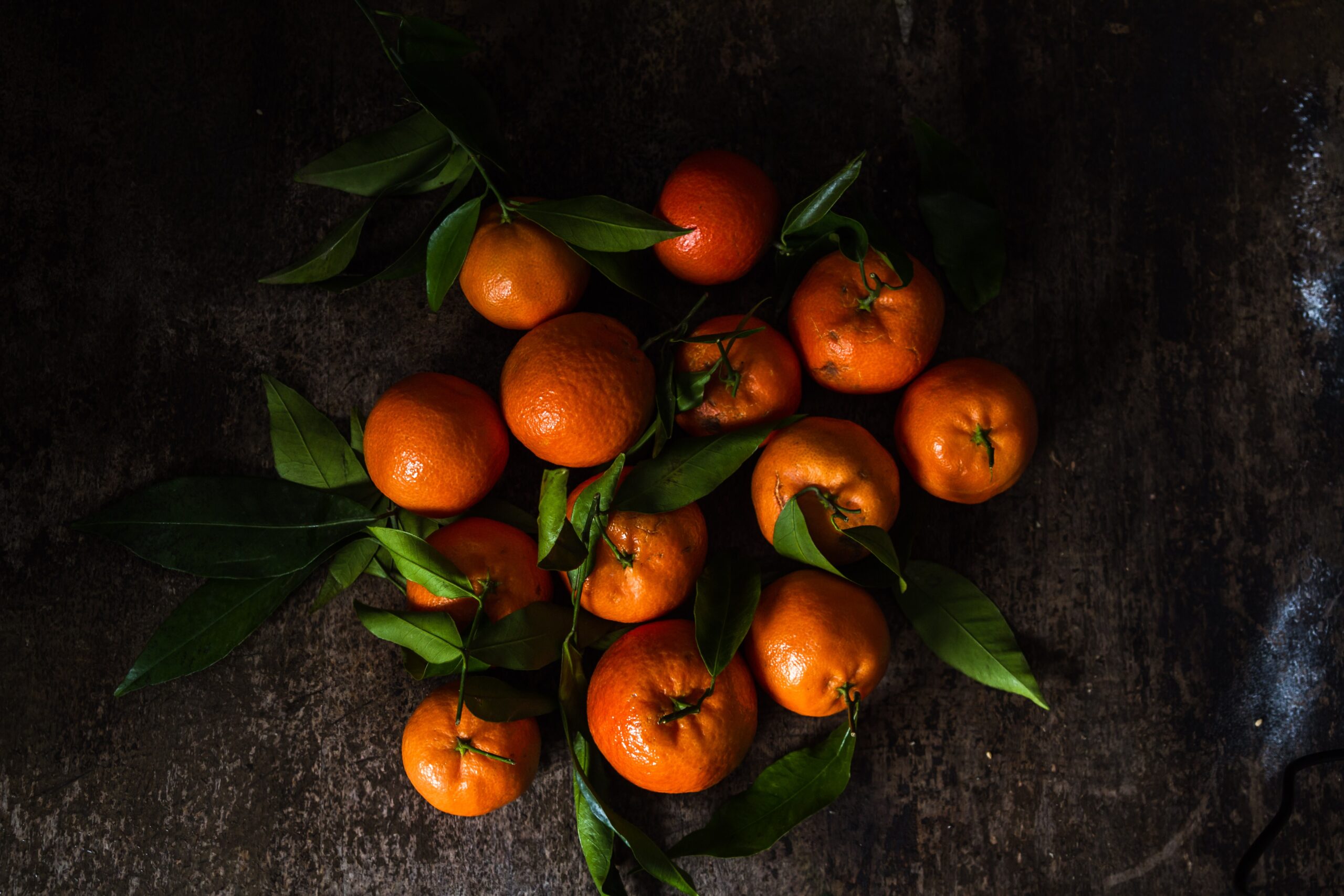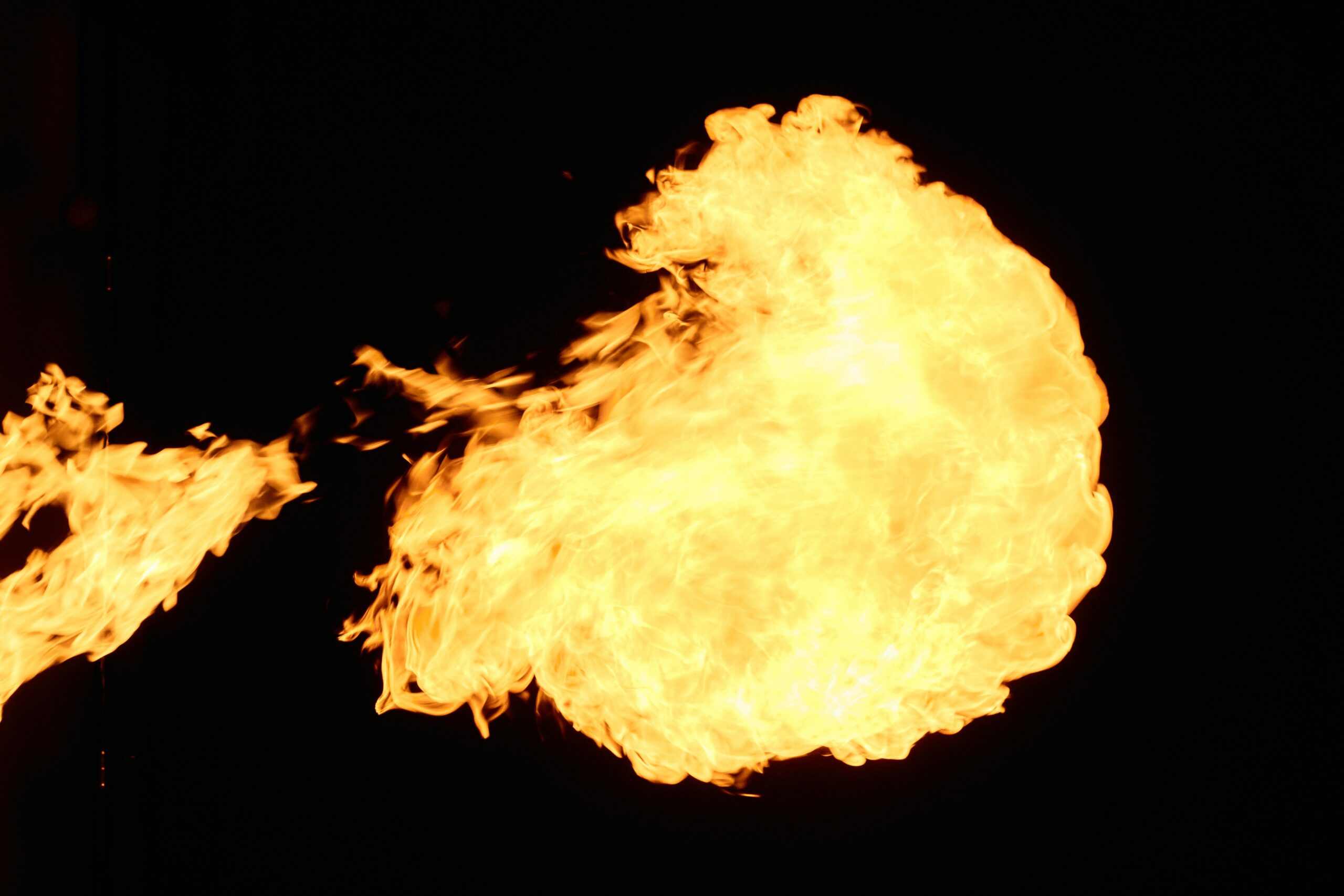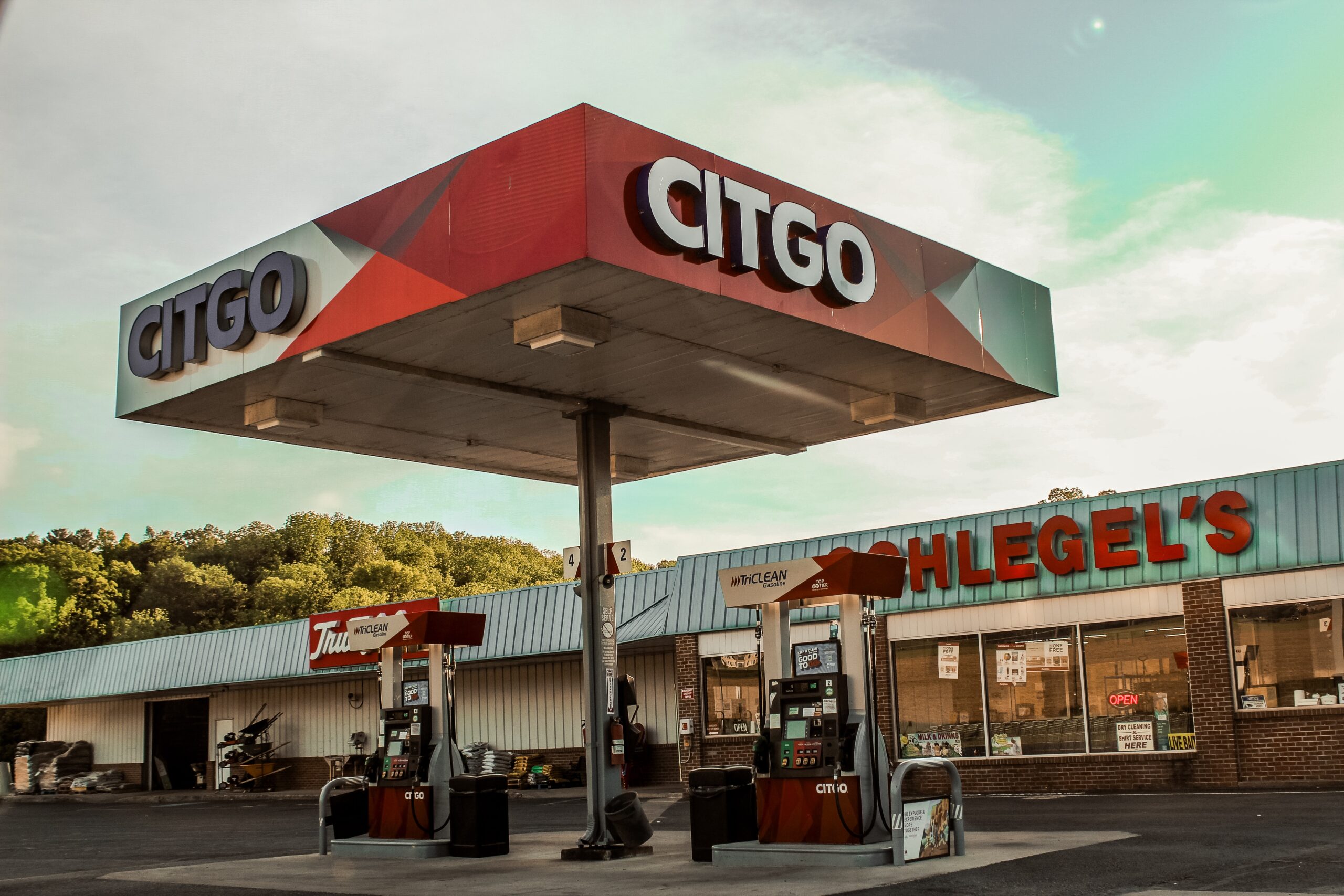Recent reports confirmed Florida’s citrus industry experienced its worst production season in nearly a century. The 2022-2023 season saw a dramatic reduction in output, largely due to the devastating impact of Hurricane Ian and the persistent citrus greening disease. ON WEDNESDAY, the U.S. Department of Agriculture (USDA) released the final crop production estimate for the 2022-2023 growing season, which runs from October through June. Citrus production plummeted by more than 60% from the previous season’s harvest. Here are the figures for citrus boxes produced in Florida during the 2022-2023 season:
• 15.9 million boxes of oranges
• 1.8 million boxes of grapefruit
• 480,000 boxes of tangerines and tangelos
This production decline mirrors the industry’s worst season since the 1929-1930 period.
Hurricane Ian’s Impact
In September, Hurricane Ian crossed over 375,000 acres of citrus groves across the state, causing an estimated $675 million in damages to growers. This disaster exacerbated an industry already buckling under multiple pressures, including foreign imports and land development. Before the storm, the citrus industry had already been struggling due to citrus greening, a disease that has ravaged groves for two decades. Once a tree becomes infected, its nutrient flow slows, impairing its ability to produce fruit. The disease has no known cure, causing plants to deteriorate until they die.
Hope for Recovery
Despite the challenges, industry experts see the potential for recovery. “There’s always going to be pressures from development and other things. But we still have almost 400,000 acres of citrus in the state of Florida. That’s a massive footprint,” Matt Joyner, CEO of the Bartow-based Florida Citrus Mutual, said. State lawmakers have shown commitment to aiding the industry’s revival by allocating $65 million this year. Most of these funds will be channeled towards research and replanting of citrus trees. In addition, the industry hopes that ongoing testing will help make trees resistant to citrus greening, and federal disaster-relief money could provide further assistance.
A Look at the Past and Future
Orange production reached its peak in 1998, with 240 million boxes harvested. Since then, severe weather events, particularly the historic 2004 hurricane season and citrus greening, have significantly declined production. During the 2021-2022 season, over 41 million boxes of oranges were harvested, but this figure dropped to 15.85 million boxes in the 2022-2023 season. For grapefruits, lemons, tangerines, tangelos, and other fruits, the decrease ranged from around 45% for grapefruits and about 36% for tangerines and tangelos. Most major citrus operations have reached the end of the harvest season and won’t start up in earnest again until the fall and winter. With this pause, the industry is focused on recovery strategies, counting on new plantings and the recovery of surviving trees from the impact of Hurricane Ian and citrus greening. However, experts caution that a rebound might be two or three years off.
While the next couple of years may be a period of rebuilding and recovery, industry leaders and growers remain optimistic. With the right combination of research, state and federal aid, and resilience, the citrus industry aims to return to its former glory.










